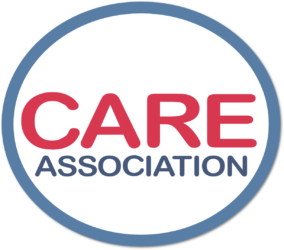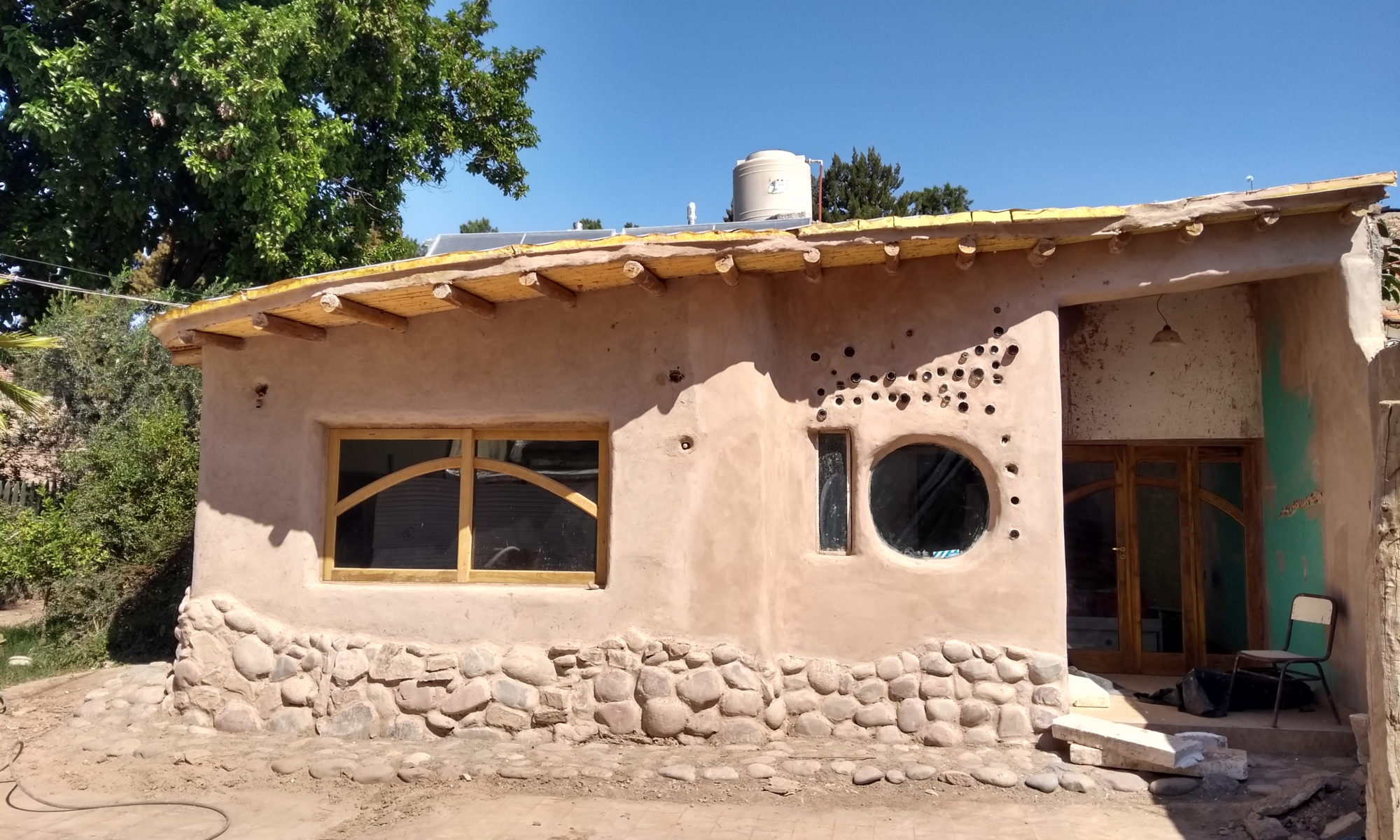We at Care Association have been trying to stay on top of issues concerning affordable housing for lower and middle-class Bay Area residents. We worry about the psychological cost of high rents and the growing rates of homelessness. At the same time, we are also actively participating in the discussion around innovative ways to bring down the costs of new structures.
One of the developments we have been following is the growing interest in cob as a (much!) cheaper alternative to lumber in North America. Cob is a mix of clay-soil, straw, water, and sand, used to build walls that alone are strong enough to support a roof. Cob was used for thousands of years in ancient times throughout Asia, Africa, Europe, South America, and the Middle East. Here in Northern California, the stringent codes regulating seismic strength, fire resistance, and insulation have made cob a tough sell.
Cob’s growing visibility
The soaring housing costs led Bay Area architect John Fordice to revisit cob in the late ’90s to see if he could address those deficiencies. He set up The Cob Research Institute (CRI) in 2008 to ramp up visibility and research efforts into the viability of this cheap and clean alternative. The CRI began working with local university engineering labs to build cob wall prototypes and develop solutions to address its structural weaknesses. They compiled the results of their years of research into a guideline to help others overcome the common hurdles that past cob projects have faced when trying to get approval from their local planning departments.
We are delighted to share that this guideline has been formally approved for inclusion into the International Residential Code (IRC) just this year! It is now accessible to any interested builder as Appendix U, the Cob Construction Appendix, in the 2021 IRC. We were also excited to hear that the appendix was accepted by an overwhelming 93 to 6 majority. A lot of people are as excited about cob as we are!
Remaining obstacles to cob-based housing
Inclusion into the IRC is not a green light to start building cob housing for human habitation, but speeds up the permit process for other types of buildings, like storage units. Nevertheless, it is a very encouraging sign that we are getting closer to the possibility of cob-based homes. Other types of earthen building solutions, such as strawbale and light straw hay, also started as appendices in the IRC and were gradually adopted into local building codes. “Then why hasn’t Care Association started promoting strawbale or light straw hay?” you may ask. Strawbale will result in a sturdy home, but the walls will need to be 2 feet thick to meet the insulation requirements. If we are looking to build at volume, the area requirements will be prohibitive. Cob, we believe, can be as narrow as 12-16 inches with proper insulation. Straw is also difficult to find locally, and there is concern that straw is environmentally unclean.
Cob will result in thinner walls, but we don’t know how thick or thin the final product will be. Cob alone can not pass the requirement for an insulation R-value of 13 in Northern California. In layman’s terms, a cob wall is not “breathable” enough; vapor needs to be able to pass through the wall with some quantifiable measure of ease. The CRI and other organizations are working on this problem. They are researching possible solutions, such as replacing the heavy components of the cob mixture with lighter substitutes, adding more straw/hemp, or wrapping the outside of the cob wall with less dense mixes of clay or straw/hemp. Our CEO, Kiai Kim, has also been attending cob workshops to stay up to date on the latest research and help pose some solutions.
Our vision
Because cob is heavy, the labor costs to build cob structures will be high. If cob gets adopted into Bay Area building codes, our initial vision is to use a volunteer force of builders to provide labor. Luckily, building with cob is easy to learn. The savings from volunteer labor and the cheaper materials will offer an affordable housing solution for those in immediate need.
There are a lot of people rooting for cob. It is non-toxic, can be molded into beautiful shapes, environmentally friendly, and so fire-resistant that some make ovens out of cob. This is a great advantage in this new era of yearly wildfires. (Imagine fleeing a wildfire and returning to see your walls fully intact!) At Care Association, we are thrilled with cob’s newfound recognition and have great hopes for its future adoption, especially with lumber’s skyrocketing costs. With 21st-century engineering advances, perhaps the cob structures that housed our distant ancestors can also provide safe, warm, and affordable places for us to sleep as well.



